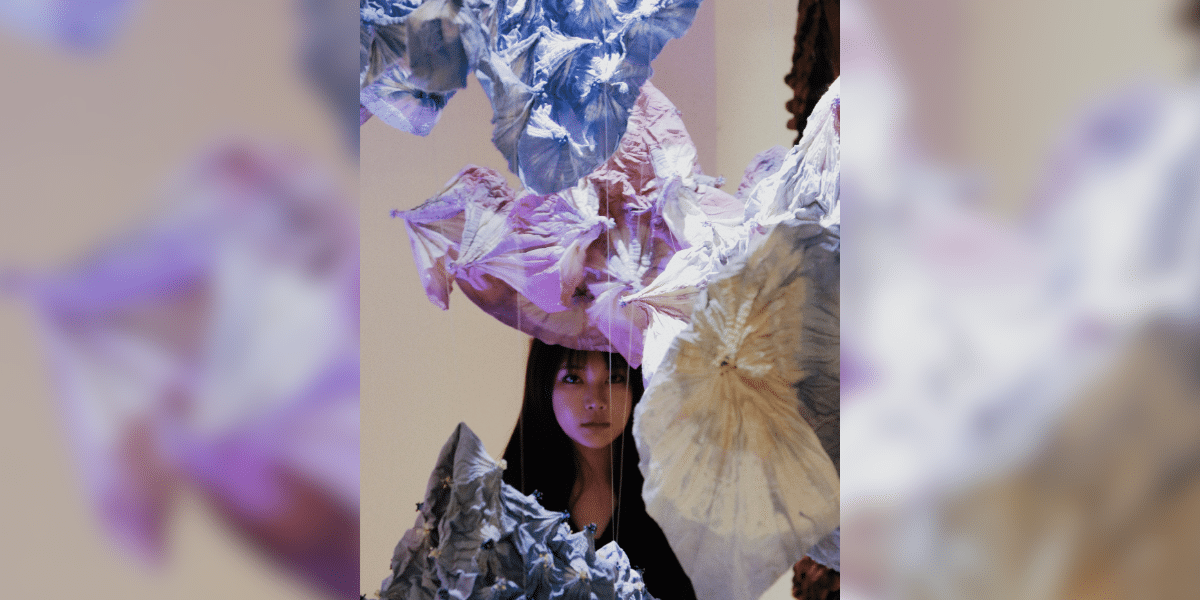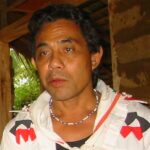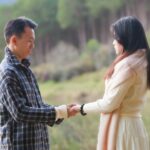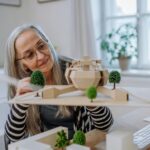Shiqing Li, a highly skilled textile designer currently residing in the bustling city of New York, has seamlessly integrated art as a potent medium to articulate her experiences and thoughts. Her journey in art began in her childhood, influenced by the rich cultural heritage of her homeland, where she was exposed to a variety of traditional artistic forms. This early exposure played a significant role in shaping her artistic voice, one that skillfully transforms seemingly negative aspects, offering a unique perspective that resonates with audiences globally. Shiqing possesses a profound understanding that within the tapestry of adversity and pain, there exists an unwavering search for positivity.
Her work is deeply rooted in the exploration of personal and collective emotions. Intriguingly, Shiqing’s artistic journey is a continuous exploration of self-discovery, where she delves into the intricate layers of emotions, relationships, and feelings. Drawing inspiration from various sources, including literature, personal experiences, and the vibrant energy of New York City, Shiqing has developed a unique style that is both introspective and expressive. Inspired by the powerful saying, “Every person who bravely emerges from pain is an artist,” Shiqing passionately adopted art as a form of expression, narrating her personal experiences and thoughts with authenticity.
For Shiqing, the process of creating art is not just about the final product but also about the journey of exploration and self-discovery. Art serves as a transformative medium to communicate uplifting narratives, challenging conventional perceptions of what may be considered ‘negative.’ This perspective echoes notions like ‘human nature is inherently lonely’ or ‘human nature is inherently wicked.’ Despite confronting negativity and pain, Shiqing steadfastly believes in the perpetual pursuit of positivity. Her struggle to find balance, marked by internal conflicts, becomes a prevailing theme in her artistic narrative—a norm she embraces as an integral part of her creative process.
The act of creating art becomes a lifeline for Shiqing, a way of rescuing herself from the tumultuous waves of emotions. It is a therapeutic process, where she finds solace and strength. However, she acknowledges the individuality of this process, emphasizing that if happiness isn’t found in art, one should not force themselves into the role of an artist. Shiqing advocates for the essential qualities of embracing imperfections and having the courage to be disliked as crucial elements in the journey toward self-acceptance.
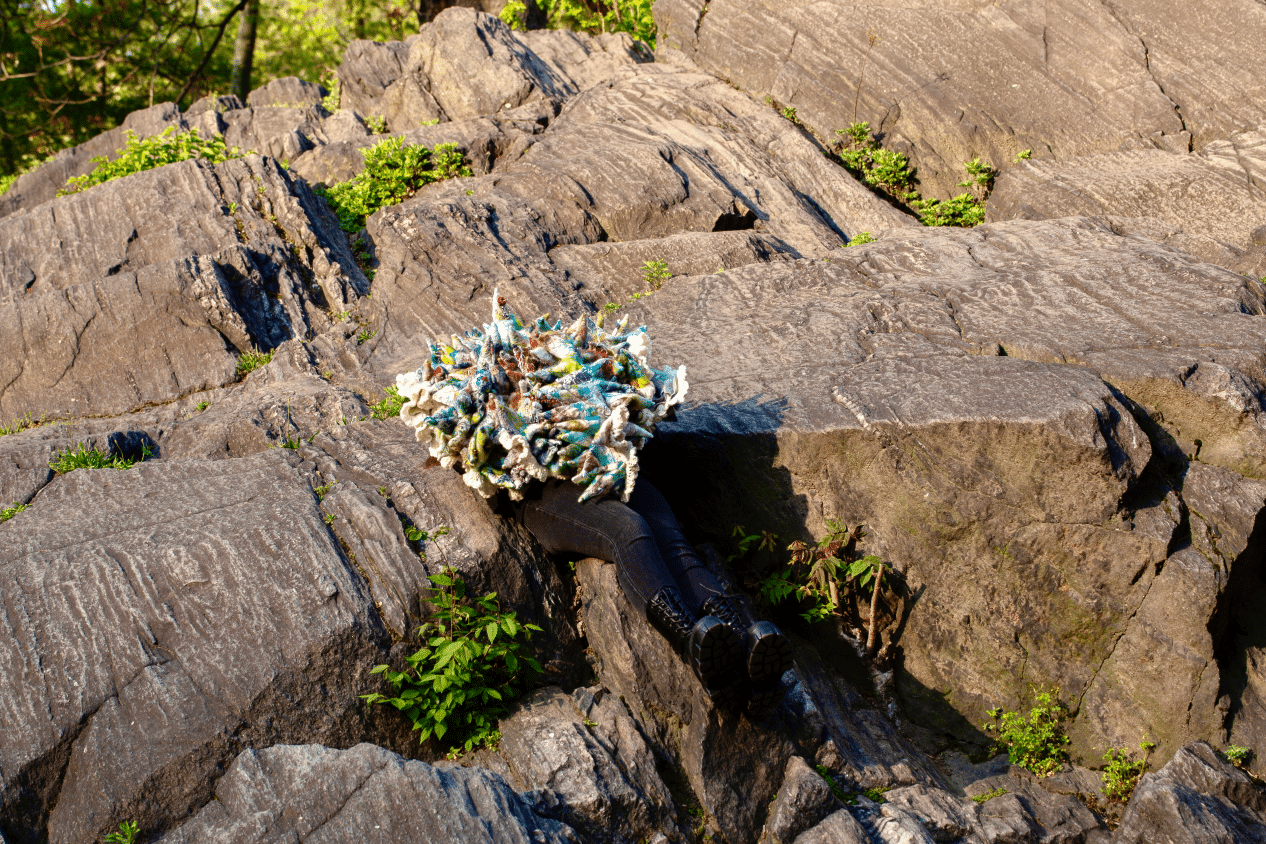
Her unique approach to textile design has garnered attention in the art world. During the summer of 2023, Shiqing Li made a mark at The Inter-Society Color Council’s “Color Impact 2023: Color and Human Experience” conference. Her active involvement not only showcased her dedication to the intersection of color and human experience but also resulted in her receiving an Honorable Mention—a testament to the recognition of her artistic prowess on a broader spectrum.
In a significant milestone in her artistic career, on November 3, 2023, Shiqing actively participated in the “Art On LOOP” exhibition at permanent galleries in London and Athens. Her contributions ignited passionate discussions on social media, showcasing the impact of her work on a global scale. Shiqing also demonstrated her international presence through the Gallerium Art website, participating in the “Emotions” themed exhibition, where her works served to express and inspire individuals.
Shiqing Li’s artistic odyssey is a testament to the transformative power of art as she navigates the complexities of human emotion and experience. Her ability to illuminate positivity through creative exploration establishes her as a prominent figure in the contemporary art scene. Shiqing’s journey encourages others to embrace the therapeutic potential of art while embracing their unique paths to self-discovery and acceptance. Her work continues to inspire and challenge, making her an influential figure in both the artistic and cultural landscapes.
Published by: Martin De Juan

